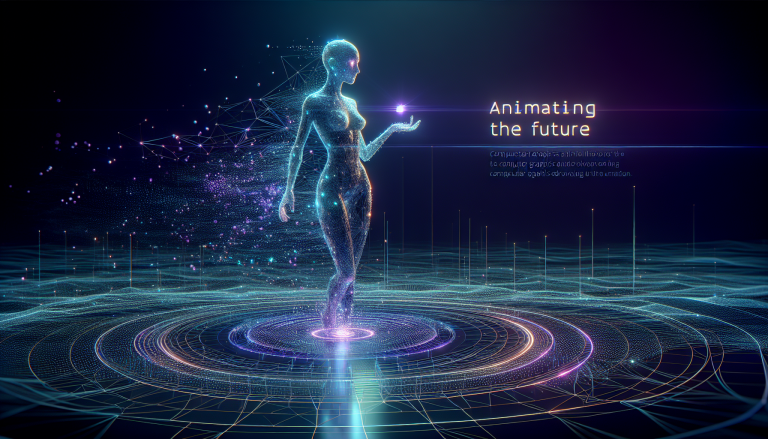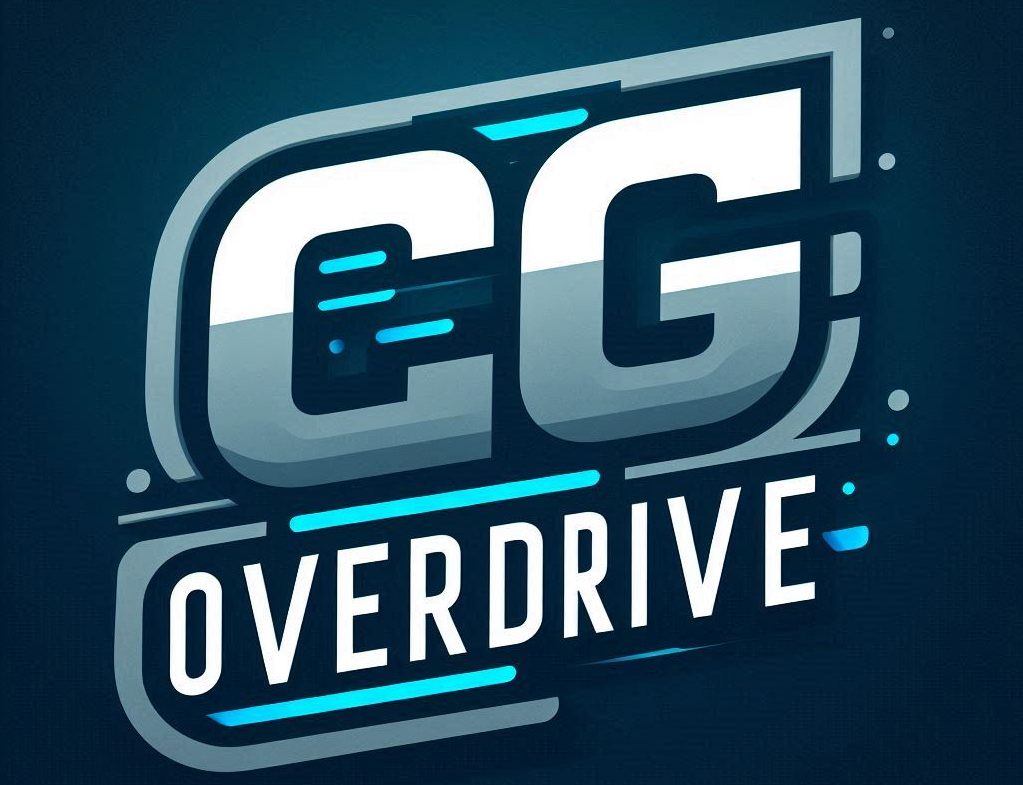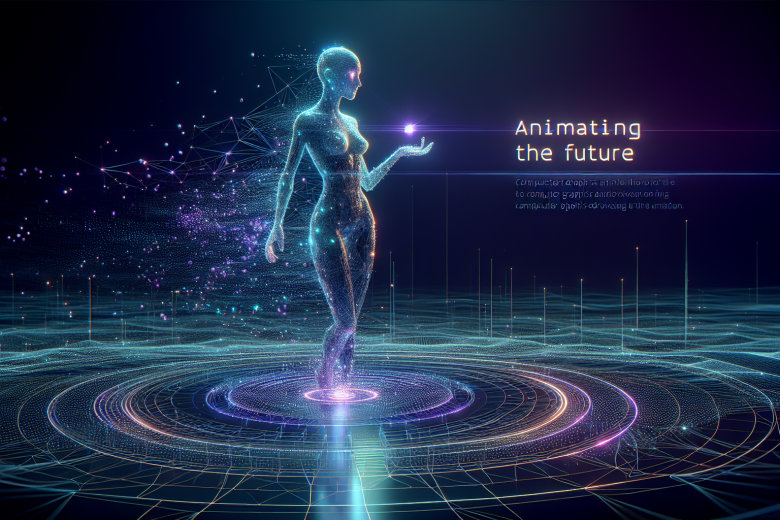The Transformative Power of Animation in the Computer Graphics Industry
Animation stands as a cornerstone of the computer graphics (CG) industry, weaving life and motion into static designs and architectural concepts. It transcends mere movement to create immersive experiences that captivate audiences, tell profound stories, and bridge the gap between imagination and reality. In a digital age shaped by rapid technological advances, animation influences numerous sectors — from architecture and multimedia storytelling to advertising and the broader business of computer graphics. Understanding its multifaceted role empowers creators, clients, and enthusiasts to harness animation’s potential effectively.
Animation’s Multidimensional Role in CG
Animation is no longer confined to entertainment or film. Its intricate relationship with other CG disciplines highlights its versatility:
– **Architecture:** Animation animates static blueprints, enabling architects and clients to explore spatial designs dynamically. Walkthroughs, flyovers, and interactive visualizations offer deep insights into proposed structures.
– **Multimedia:** Within multimedia platforms, animation synthesizes visual elements with sound and interactivity, crafting engaging narratives across educational, corporate, and artistic domains.
– **Advertising:** Motion graphics and character animations elevate brand storytelling, delivering memorable campaigns that resonate emotionally.
– **Business of CG:** Animation drives innovation and revenue by creating new avenues in virtual reality, gaming, and digital marketing, prompting agile adaptation and investment.
Practical Guide to Mastering Animation in CG
Achieving excellence in animation demands a union of creativity, technical proficiency, and strategic thinking. Here’s a structured approach to mastering this art within the CG ecosystem:
| Step | Focus Area | Practical Advice |
|————————–|———————————|——————————————————————|
| Conceptualization | Story & Motion Planning | Develop strong storyboards that outline key frames and pacing. |
| Software Mastery | Tools & Techniques | Invest time in mastering industry-standard software (Maya, Blender, Cinema 4D). |
| Technical Fundamentals | Rigging, Texturing, Lighting | Understand mechanics behind realistic movement and material behavior.|
| Collaboration | Interdisciplinary Teamwork | Communicate clearly with architects, multimedia designers, marketers for coherent output. |
| Feedback & Iteration | Refinement | Regularly review animations with stakeholders to align vision and quality.|
| Trend Analysis | Innovation & Relevance | Stay updated with motion capture, AI-assisted animation, and real-time rendering trends.|
Animation Techniques Shaping the Future
Exploring key animation techniques enriches the creative toolbox and enables business innovation:
– **Procedural Animation:** Automating repetitive motion effects, procedural animation accelerates workflows in architecture and gaming, reducing manual labor while maintaining quality.
– **Motion Capture (MoCap):** Capturing human motion delivers realism in characters and virtual environments, crucial for advertising and immersive multimedia experiences.
– **Real-Time Rendering:** Technologies such as Unreal Engine and Unity transform static scenes into interactive animations, essential for client presentations and experiential marketing.
– **2D/3D Hybrid Animation:** Combining dimensions offers stylistic versatility, blending flat graphic elements with volumetric depth, favored in certain advertising campaigns and multimedia projects.

Architectural Animation: Breathing Life into Designs
In architectural visualization, animation transcends traditional renderings by simulating real-world lighting, textures, and environmental factors. This dynamic representation enhances communication and decision-making:
– Walkthrough animations deliver spatial understanding better than still images.
– Time-lapse sequences simulate construction phases for project planning and stakeholder engagement.
– Augmented and virtual reality layers embed animated content directly into physical spaces, revolutionizing client interactions.
Architectural animation empowers architects by validating design choices early, reducing costly revisions and elevating client trust.
Leveraging Animation for Multimedia Storytelling
Multimedia thrives on the synergy between animation, audio, and interactive interfaces. Here are ways animation amplifies storytelling impact:
– Visual metaphors in animation clarify complex subjects in education and training modules.
– Interactive animations engage viewers actively, fostering deeper retention and connection.
– Narrative-driven motion graphics unify disparate content streams into cohesive experiences.
For creators, mastering animation in multimedia entails balancing technical fluency with narrative sensitivity, ensuring motion serves the story, not just aesthetics.
Animation’s Essential Role in Advertising
Advertising harnesses animation to craft memorable brand identities and emotional resonance:
– Animated logos and explainer videos simplify messaging and boost recall.
– Character-driven ads bring brand stories to life, appealing deeply to viewers’ empathy.
– Dynamic product showcases via 3D animation highlight features with clarity and allure.
The rapid consumption culture demands animation that is concise yet impactful, blending creativity with strategy to drive business goals.
Business of Computer Graphics: Animation as an Economic Catalyst
Animation shapes the financial landscape of the CG industry by serving as both product and process enhancer:
– New business models arise around animated content for streaming platforms, VR experiences, and social media campaigns.
– Outsourcing and remote collaboration increase specialization and global market reach.
– Investment in AI-powered animation tools streamlines production, reduces costs, and enables scalability.
Understanding market trends helps professionals adapt skills and shape entrepreneurial ventures in this evolving space.
Empowering Your Animation Journey
For professionals and enthusiasts ready to deepen their animation craft, consider the following strategies:
– **Continuous Learning:** Regularly explore emerging software and animation theory to remain relevant.
– **Portfolio Diversity:** Build a varied body of work spanning architectural visualizations, multimedia projects, and advertising clips.
– **Community Engagement:** Participate in CG forums, workshops, and conferences to exchange ideas and inspire innovation.
– **Cross-Disciplinary Collaboration:** Seek partnerships beyond animation to broaden perspective and impact.
– **Personal Vision:** Cultivate a unique style that communicates your artistic soul and technical competence.
Animation is a gateway to immersive storytelling, architectural enlightenment, and compelling advertising; mastering it nurtures a future where imagination defines reality.
“Animation is not the art of drawings that move but the art of movements that are drawn.” – Norman McLaren
This profound insight reminds us that the essence of animation lies in telling stories through movement — movement that reflects creativity, emotion, and innovation within the expansive universe of computer graphics.

